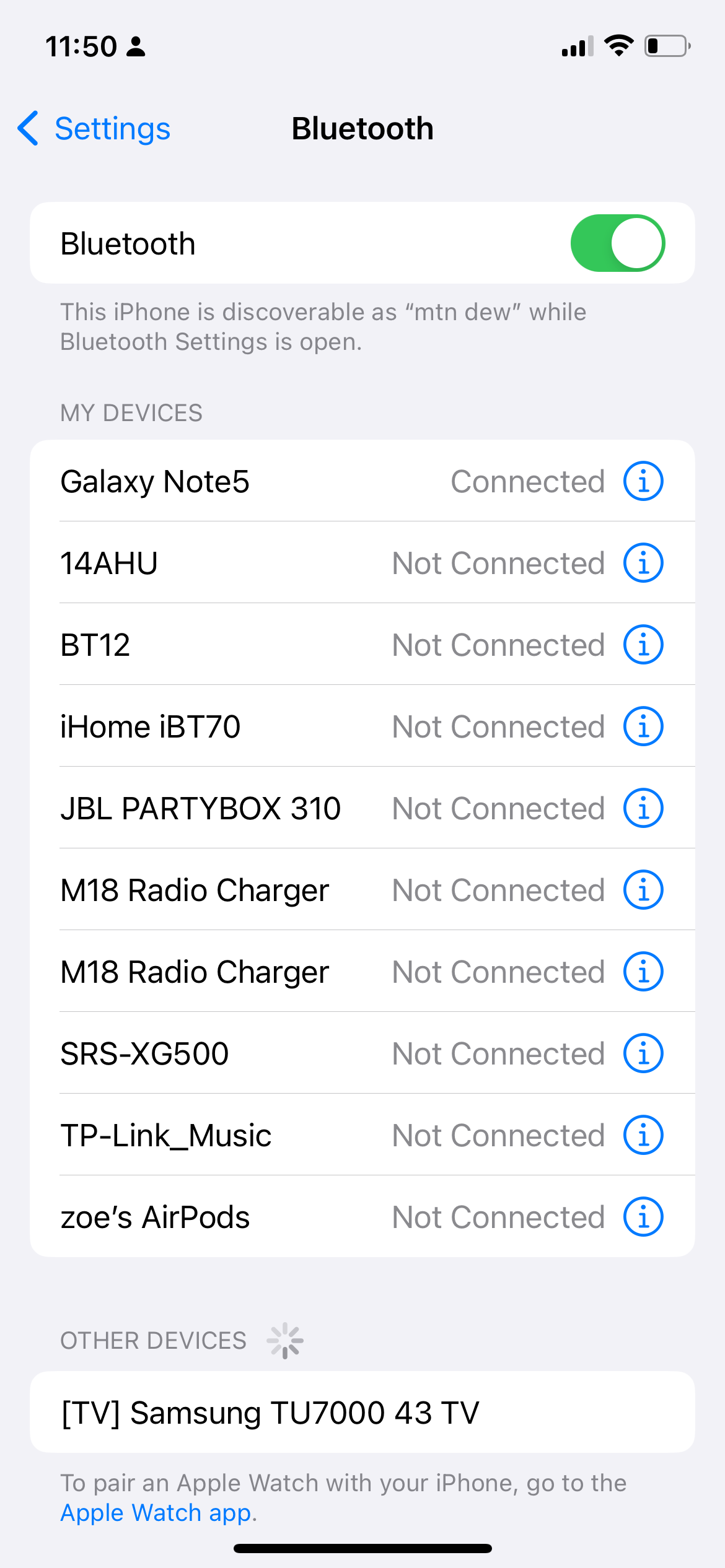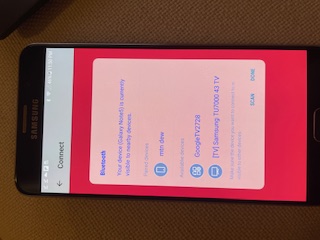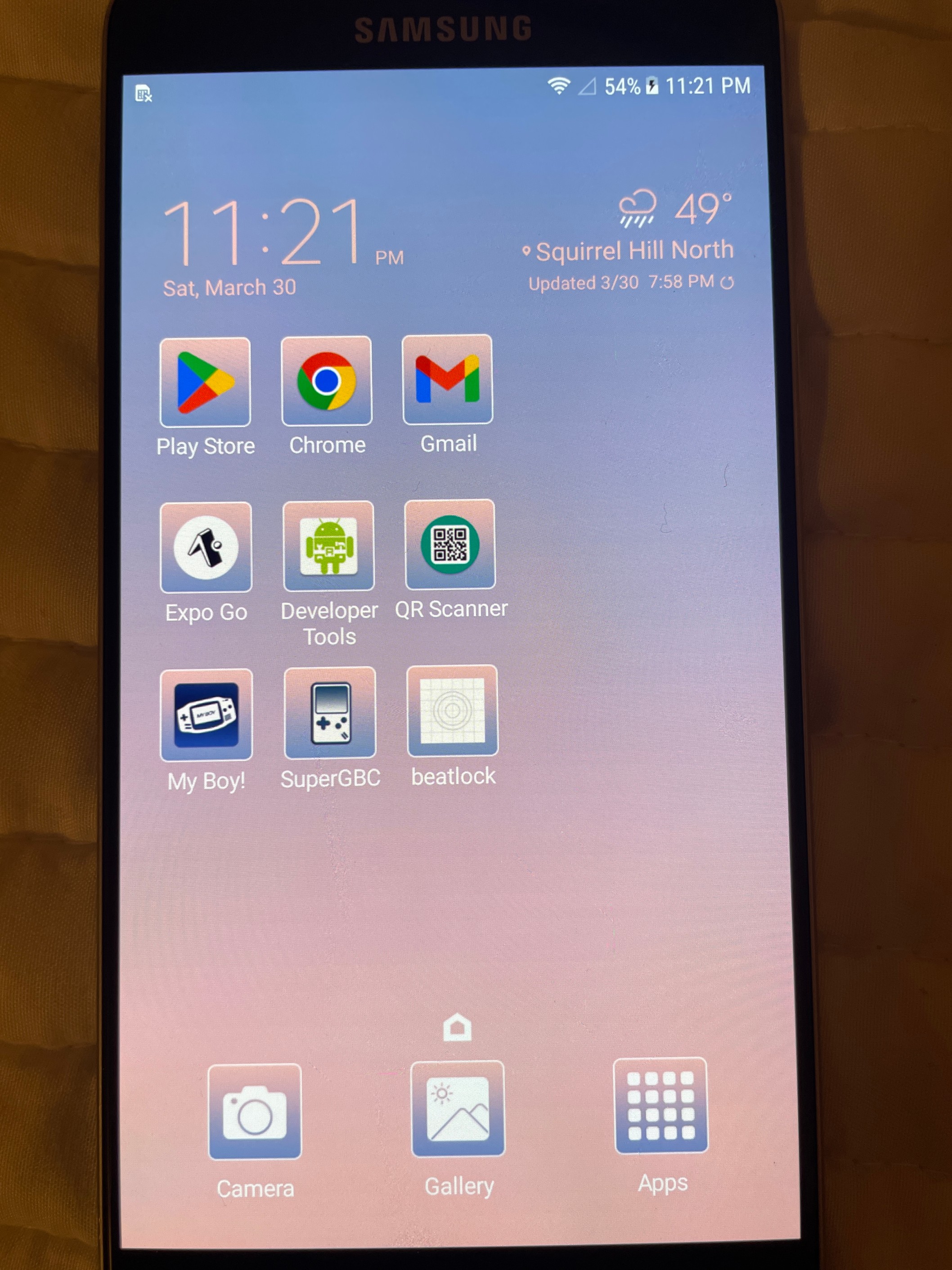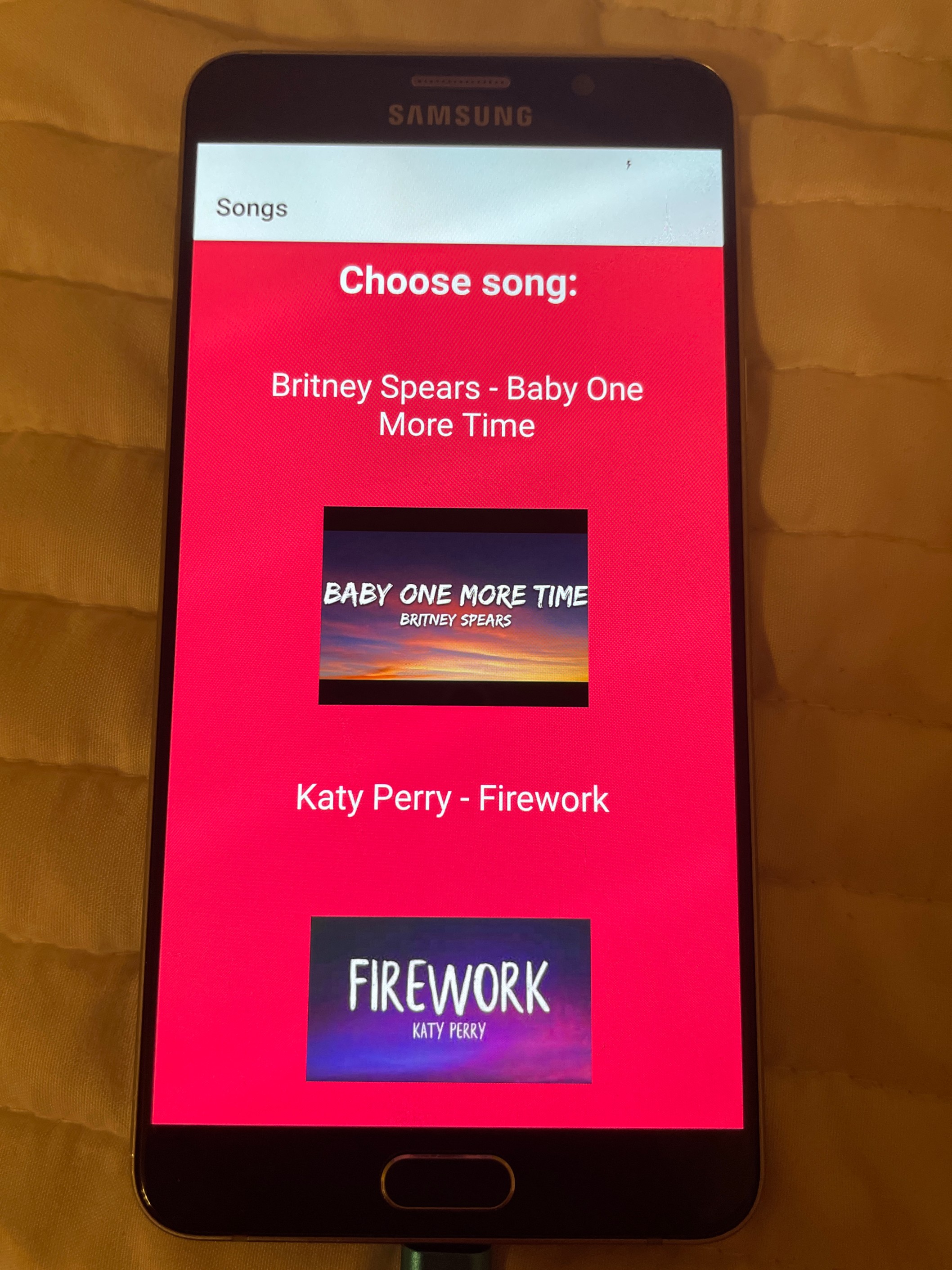This week, I got the Bluetooth signal to work between the mat and the lock. I bought a new BLE module (an HM-10) to replace our old part because it wasn’t applicable to what we were doing. This one was the most recommended BLE module for Arduino Uno R3 according to multiple websites online and had comprehensive documentation online that made understanding its AT commands easy. I added client code to the mat XIAO ESP3S3 and made the HM-10 module act as a server. So, the app acts as a client for the mat server, and the mat acts as a client for the lock server. I ran the entire data pipeline from song choice on app to song received on lock, and I did not run into any issues with data transfer as long as the devices are all initialized correctly. While doing this work I also worked on updating the mat code and making it more readable for Brooke and Jada, because they will need to understand it while doing integration.
I am on time with my work, because I got Bluetooth to work for the whole system, which I needed to do by the end of this week. All I need to do this week is finish the mat code to update the dance logic (as explained in the Team update) and edit the code to be readable for Brooke and Jada. Since I am in New Hampshire this week for a competition, I will help them virtually with the system integration, communicating over calls and sending code updates if required. In addition, I will help with the final poster.







